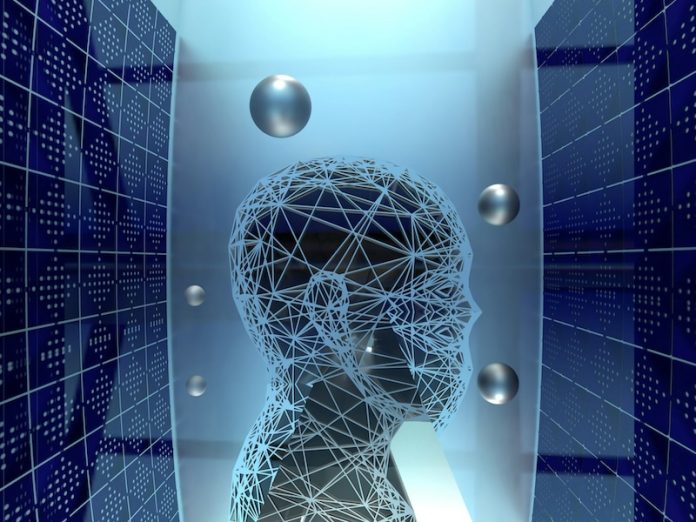
Scientists have developed a groundbreaking AI algorithm called Torque Clustering that allows machines to learn more like humans and animals—by exploring patterns in data on their own, without human supervision. This autonomous learning approach is a major step forward in the field of artificial intelligence.
Torque Clustering can analyze huge amounts of data across many fields, including biology, medicine, finance, psychology, chemistry, and astronomy. It could be used to detect disease patterns, uncover fraud, or study human behavior, all without needing pre-labeled data.
How Is This Different from Traditional AI?
Most current AI systems use supervised learning, which means they need humans to manually label data before they can recognize patterns or make predictions. This process is time-consuming, expensive, and impractical for complex or large-scale tasks.
In contrast, unsupervised learning—which Torque Clustering is based on—does not require labeled data. Instead, it identifies hidden structures and patterns on its own, making it much more flexible and scalable.
“Animals learn by observing, exploring, and interacting with their environment, without explicit instructions,” said Professor CT Lin from the University of Technology Sydney (UTS). “The next wave of AI, ‘unsupervised learning,’ aims to mimic this approach.”
How Torque Clustering Works
The Torque Clustering algorithm outperforms existing unsupervised learning methods in speed, accuracy, and efficiency. Unlike many other AI models, it is fully autonomous, meaning it does not require any manual adjustments or predefined settings.
In rigorous testing across 1,000 diverse datasets, Torque Clustering achieved an accuracy score of 97.7%, compared to 80% for other top AI clustering methods. This huge improvement could change how AI processes data in the future.
“What makes Torque Clustering unique is its foundation in the physical concept of torque, which helps it detect patterns and groups in data with high precision,” explained Dr. Jie Yang, the first author of the study.
Inspired by the Universe
Interestingly, the method was inspired by the way galaxies merge due to gravitational forces. It relies on two fundamental properties of physics: mass and distance. By applying these principles, Torque Clustering can identify clusters in data more effectively than traditional AI models.
“Last year’s Nobel Prize in physics was awarded for discoveries that enable supervised machine learning using artificial neural networks,” said Dr. Yang. “Unsupervised machine learning—built on torque principles—has the potential to make a similarly big impact.”
A Step Toward More Autonomous AI
The development of Torque Clustering brings AI closer to general artificial intelligence (AGI)—a level of AI that can think, adapt, and learn without human intervention. This is especially important for robots, autonomous systems, and AI-driven decision-making.
By removing the need for human-labeled data, this method could redefine the future of AI and make learning algorithms far more independent and powerful.
The research team has made the open-source code available to the public, allowing scientists and developers worldwide to explore and expand on this revolutionary approach to AI learning.
The research findings can be found in IEEE Transactions on Pattern Analysis and Machine Intelligence.
Copyright © 2025 Knowridge Science Report. All rights reserved.



